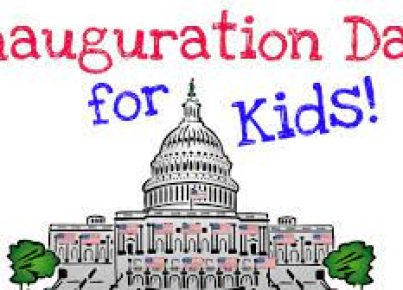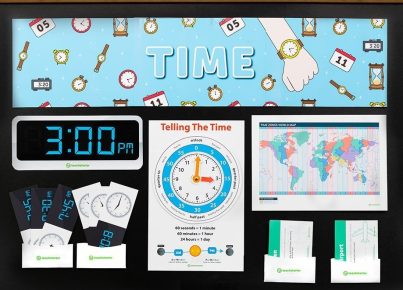Introduction:
A well-structured book discussion can be a meaningful and enjoyable experience for young children. It helps to develop their critical thinking, listening, and speaking skills. In this article, we will provide you with a step-by-step guide to organizing an awesome book discussion for kindergarten through second-grade students.
Step 1: Choose the right book
Select a book that is age-appropriate and interesting for your students. Consider class interests, reading levels, and themes that relate to current topics being studied.
Step 2: Read the book together
Read the chosen book aloud to your students or have them read it individually or in small groups. This step helps ensure that all participants are familiar with the story and can engage in meaningful discussions during the book talk.
Step 3: Introduce key vocabulary
Before starting the discussion, introduce any new or challenging vocabulary words that appear in the story. Help students understand their meaning and use them in context as they discuss the book.
Step 4: Develop open-ended questions
Create a list of open-ended questions related to the story that encourage students to think critically, make connections, and share opinions. Some examples might include “How do you think [character] felt when…?”, “Why do you think [character] decided to…?”, or “What would you have done if you were in [character]’s situation?”
Step 5: Establish discussion guidelines
Clearly define rules and expectations for participating in a respectful conversation. Encourage students to listen actively, take turns speaking, politely disagree if needed, and stay on topic.
Step 6: Start the discussion
Begin by asking one of your prepared questions and allowing students time to think before sharing their responses. Provide support by facilitating the conversation with prompts if necessary.
Step 7: Encourage active engagement
As children discuss their thoughts on the book, validate their opinions and encourage them to listen and respond to their classmates’ ideas. This engagement helps build a rich dialogue that delves deeper into the story.
Step 8: Connect the discussion to curriculum goals
While examining various aspects of the story through open discourse, create connections to your overarching educational goals or units of study. This integration strengthens students’ understanding of various subjects in tandem with literacy skills.
Step 9: Reflect and wrap up
After a fulfilling conversation, guide students in a reflection on what they learned from the story and their peers. Encourage them to consider new perspectives they hadn’t previously thought of and how these discussions can impact their interactions with literature moving forward.
Conclusion:
Implementing these nine steps will foster a meaningful and engaging book discussion experience for your young learners. By creating a safe space for them to share ideas and reflect on their experiences, you’re not only building a foundation for literary appreciation but nurturing important life skills such as critical thinking and effective communication.




